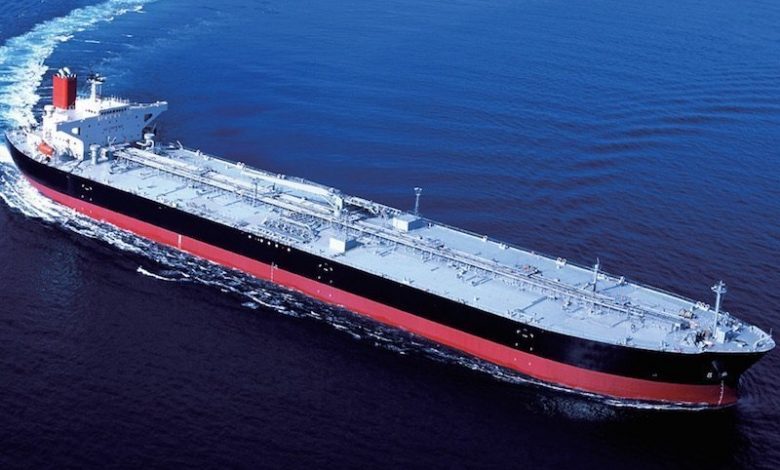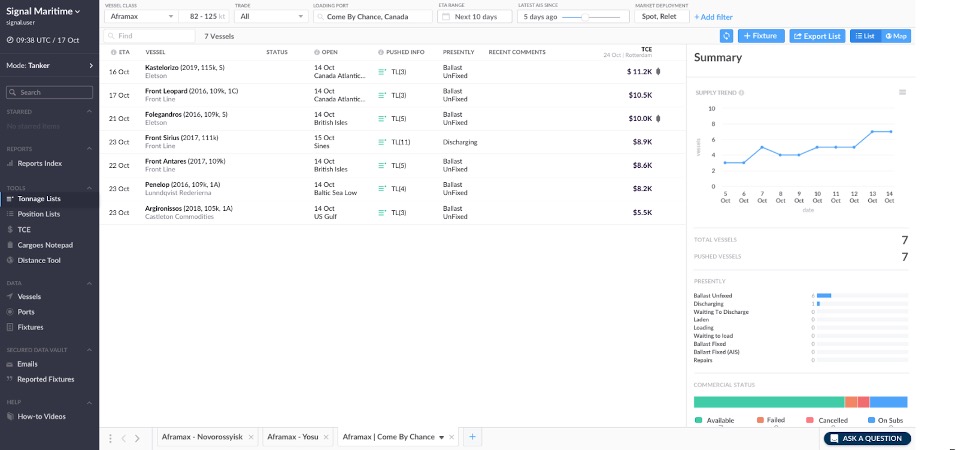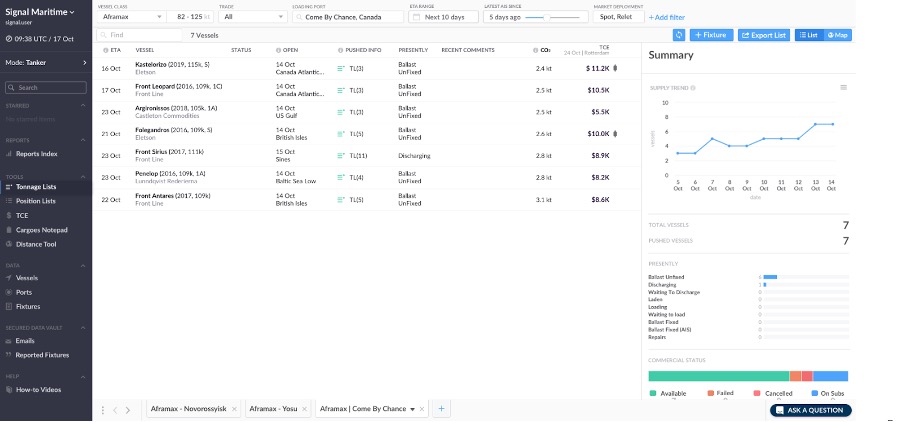Is all transparency good?

Signal Ocean COO, Dimitris Tsapoulis looks at the role of transparency in commercial shipping.
Transparency seems to be the order of the day across the board and is expected to bring positive scrutiny across the political, business, societal and environmental spectrum. Commercial shipping has long had a tumultuous relationship with the concept of transparency. Whatever your vantage point might be, there is no denying that there are many areas in the industry that have both seen encouraging results and continue to build transparency momentum.
When it comes to the industry’s environmental footprint for example, transparency will very likely be the single most important driver behind meeting the IMO’s ambitious targets of at least halving CO2 emissions from shipping by 2050.
Is, however, all transparency productive and, if not, how can we enable positive applications while respecting and preserving information diversity that may be vital and systemic for efficient global transportation?
In the spot freight markets not all market participants have access to the same information at the same time. The ability to generate profits or reduce/hedge transportation cost based on information advantages, obtained by virtue of effort and positioning, is what makes shipping tick. It makes the world fleet remarkably efficient and responsive to the myriad complex factors that influence global commodity flows on a daily basis. Let’s not forget that the market manages to efficiently move 90% of the world’s globally traded goods in the absence of any form of central planning, which in all probability would be impossible to implement.
At Signal, we develop technology that is predicated on transparency that fuels the achievement of individual and collective positive outcomes, while respecting the market structure. We provide solutions to brokers, charterers and owners to allow them to make the best possible use of the proprietary information available to them.
One of the first customers for Signal Ocean was internal. Signal Maritime is our group’s independent shipping arm and operates one of the world’s largest aframax pools: it currently manages 27 ships for 14 owners. Our platform enables the company’s chartering team to deeply understand the markets they are engaged in. Tanker markets can be very fast-moving with new information becoming available minute-by-minute. The chartering team is supported by automated data processing that allows them to stay on-top of developments, while being guided to focus on, scout and internally share the last-minute bits of information that typically make the difference in a trading setting.

A team that invests in this process can get localized information advantages by building the most successful predictions of supply-demand pressures on price, identifying the most relevant competition for a particular cargo and interpreting it in terms of relative TCE profitability before embarking on negotiating and transacting business.
There is a different sort of transparency in play here: internal transparency, which allows evidence-based decisions to be discussed, made with confidence and set up for ex-post scrutiny by the chartering teams. The technology is not democratizing information across the marketplace, which could eventually disintermediate and level the playing field. It is, however, creating an environment that allows for fast personal and team development. This combination of transparency and technology has slashed the average time it takes a junior member of the chartering team to get to grips with the spot markets and be trusted to take decisions autonomously.
And of course, performance is multi-faceted. It is clear that environmental performance is and should be on everyone’s agenda. The TCE profitability is not the only factor to consider, but overall CO2 emissions too.

In the above adjusted perspective, vessels competing for a cargo are automatically ranked by the total CO2 emissions they would produce to ballast and deliver. Many promising technology solutions have been emerging in this area over the last 2 years. Embedding environmental performance as a key factor and feeding it into industry wide benchmarks, standards or initiatives, like the recent launch of the Sea Cargo Charter, seem to be one step away from becoming a new and promising reality in shipping. And the technology that can help usher this new era on is already here.
